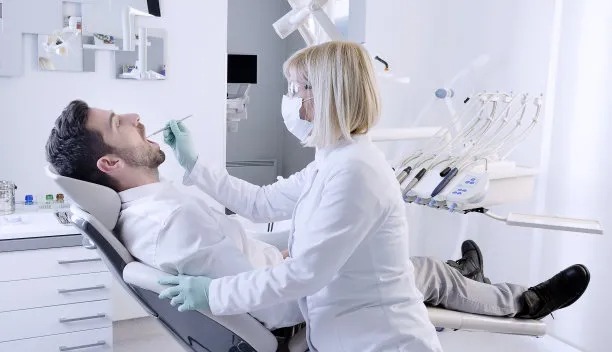Understanding the Process and Importance of Extracting a Tooth for Better Dental Health and Overall Wellbeing
Summary: Tooth extraction is a vital dental procedure that can significantly enhance dental health and overall wellbeing. This article will discuss the intricate process of tooth extraction, exploring its necessity in various dental situations, the potential benefits of removing problematic teeth, and the impact this procedure has on both short-term recovery and long-term health. Through understanding these facets, individuals can make informed decisions regarding their dental care and maintain optimal oral hygiene, leading to improved overall wellbeing.
1. The Reasons for Tooth Extraction

Tooth extraction may be necessary for various dental conditions. Common reasons include severe tooth decay, advanced periodontal disease, and teeth that are in the wrong position. When decay reaches the pulp of the tooth, it can cause pain, swelling, and infection. If the damage is irreparable, extraction becomes the best course of action to prevent further complications.
Moreover, dental trauma from accidents or injuries may necessitate the removal of a tooth that cannot be salvaged. In these cases, the extraction helps avoid pain and reduces the risk of additional complications such as infections or misalignment of surrounding teeth.
Another common scenario requiring extraction is wisdom teeth removal. Often, these third molars become impacted, leading to inflammation, pain, and infection. Removing them can alleviate these issues and contribute to the overall health of the jaw and gums.
2. The Tooth Extraction Process Explained
The tooth extraction process begins with a thorough dental examination, which may include X-rays to assess the tooths roots and surrounding bone structure. The dentist will then discuss anesthesia options to ensure the procedure is as painless as possible. Local anesthesia is commonly used, but sedation options are available for anxious patients.
Once the patient is ready, the dentist will carefully loosen the tooth from its socket using specialized instruments. For teeth with complicated roots, surgical extraction may be necessary. This involves making an incision in the gum tissue to access the tooth more effectively. Regardless of the method, dentists aim to minimize discomfort and ensure patient safety throughout the procedure.
After removal, the dentist will provide instructions regarding post-operative care, focusing on pain management and preventing complications such as dry socket, a painful condition that can arise if the blood clot at the extraction site becomes dislodged.
3. Benefits of Tooth Extraction for Dental Health
Extracting problematic teeth can greatly enhance dental health. For instance, removing a decayed tooth reduces the risk of infection spreading to neighboring teeth, which can lead to more extensive dental work or loss of additional teeth. By addressing these issues promptly, patients can maintain better overall dental hygiene.
Moreover, tooth extraction can contribute to improved oral function. If teeth are overcrowded, removing one or more teeth can provide space, allowing the remaining teeth to align properly. This can enhance chewing efficiency and improve the aesthetics of the smile.
Lastly, extraction can alleviate conditions that cause chronic pain or discomfort. Patients who struggle with the persistent ache of an affected tooth often experience significant relief following extraction. This leads to not just improved dental health but also enhances their general quality of life.
4. Recovery and Long-Term Effects of Extraction
The recovery process after tooth extraction is crucial for a successful outcome. Patients are typically advised to rest, avoid strenuous activities, and follow a soft-food diet during the initial healing phase. Proper oral hygiene is vital, but care should be taken around the extraction site to avoid disruption of the healing process.
Long-term effects of tooth extraction can vary depending on the individual’s overall dental health. If gaps from extractions are not addressed with dental implants, bridges, or orthodontics, adjacent teeth may drift, leading to misalignment. Therefore, after recovery, consulting with a dental professional about restorative options is crucial for maintaining oral health.
In addition, the psychological impact of tooth extraction should not be overlooked. Many individuals feel self-conscious about gaps in their smile, which can affect self-esteem. Understanding the importance of follow-up treatments can empower patients towards a positive outlook on their oral health journey.
Summary: Tooth extraction serves as a critical component of maintaining dental health. Understanding the reasons, processes, benefits, and recovery associated with this procedure empowers individuals to take charge of their oral wellbeing. Addressing dental issues proactively not only enhances health but also contributes considerably to overall quality of life. Awareness of aftercare options is essential for long-term success.
This article is compiled by Vickong Dental and the content is for reference only.


